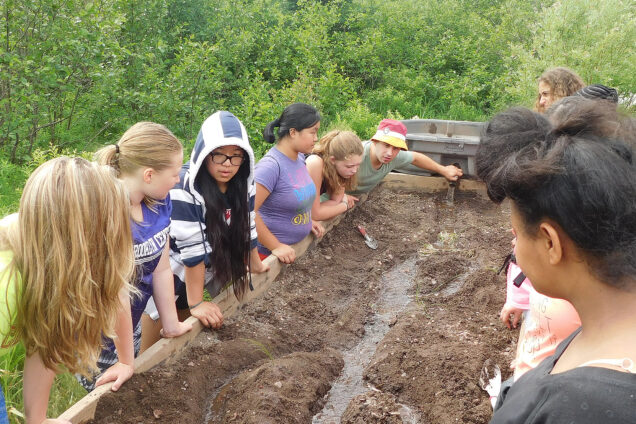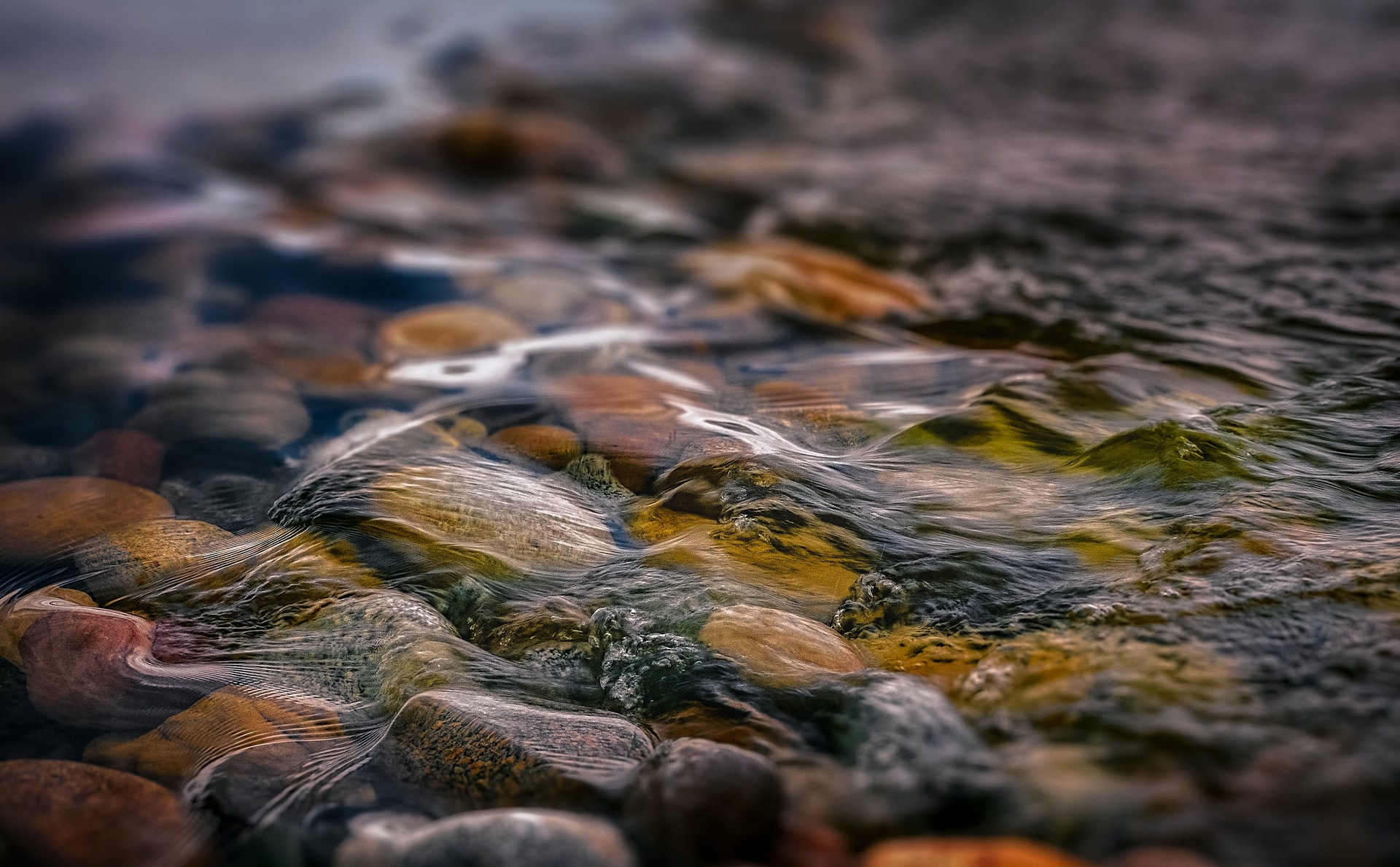Class Details
3 Hours
4th Grade to Adult
hard

How are stream structure and life in the stream related? What do people consider when managing streams?
After investigating the habitat needs of stream fish, students visit the Sawmill Creek field stations where they will make a working stream model and will identify aquatic invertebrates.
Concepts
- All living and non-living components of an environment interact with one another to form an ecosystem.
- Energy flows from one organism to another in a complex food web.
- Life in a stream requires habitat characteristics like water, food, air, shelter, and space. Trout require even colder and cleaner conditions than most Minnesota fish species.
- Small changes in one part of a system might cause large changes in another part.
- Nature knows best. Humans can mimic natural processes to restore or enhance habitats.
Outcomes
- Evaluate a population graph for carrying capacity, predator/prey relationships, and habitat health.
- Compare and contrast stream and lake environments as they relate to habitat for aquatic life.
- Identify at least two aquatic invertebrates and describe their roles in the food chain.

